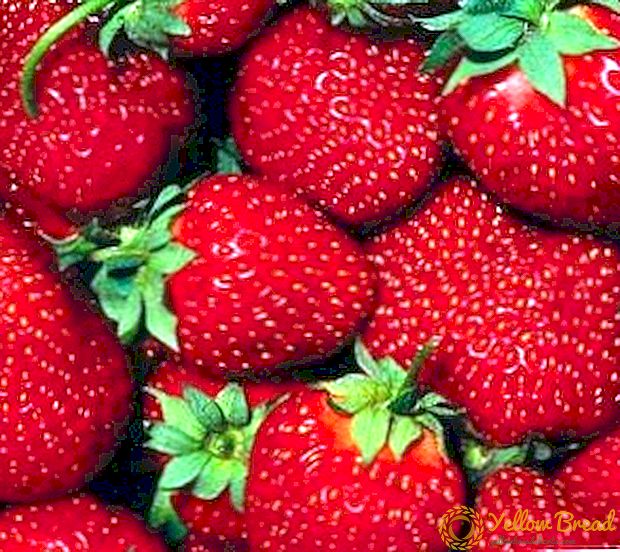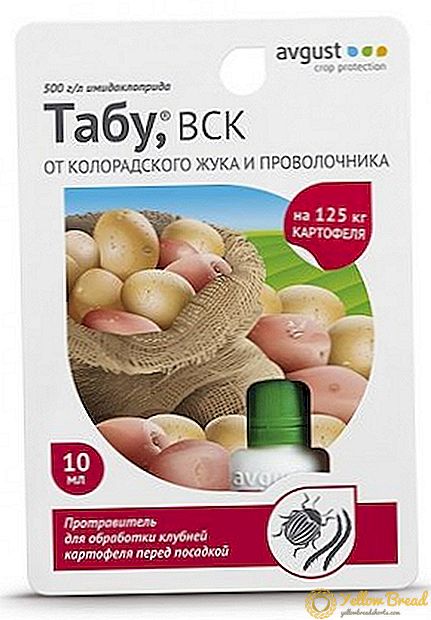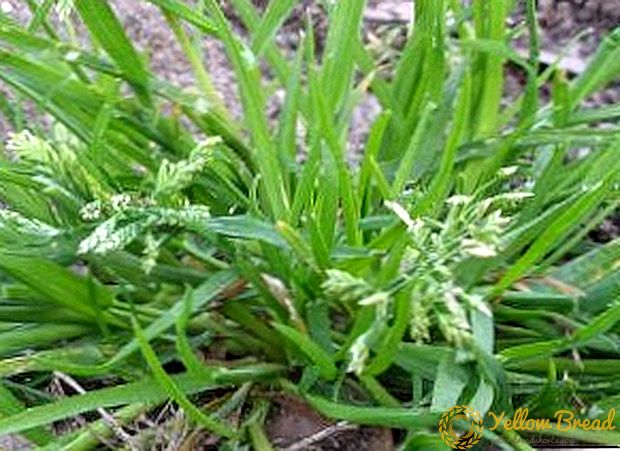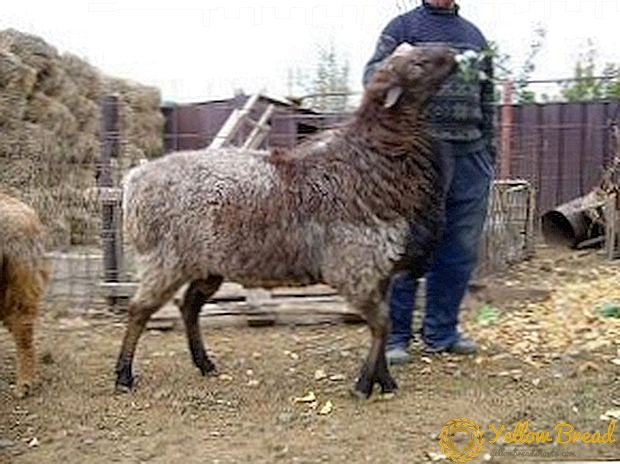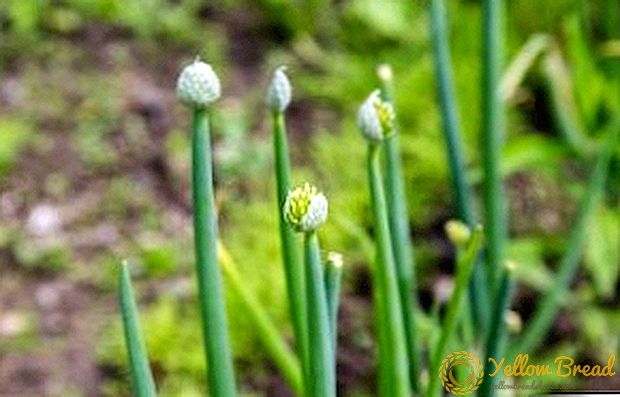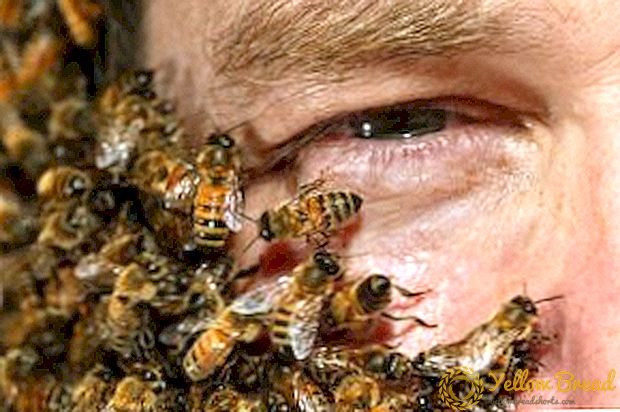
When I was growing up, one of our family's favorite things to do on a crisp autumn day was go for a nature walk, admiring the splendor of the changing leaves, the rich display of fall flowers, and the pumpkins and gourds dotting neighbors' front porches. We'd inevitably come home with a few treasures- an unusually shaped acorn or a few especially vibrant leaves- and my mom would teach us about the different trees and flowers.
I still love a good nature walk, though now I'm often scouting out fallen branches and wild- growing berries to gather up and arrange in a vase once I'm home. There's almost no better way to celebrate the harvest season than with a bunch of branches arranged in a ceramic pitcher and placed on the mantel. To show how beautiful a walk in our own backyards can be, Liz created a dramatic arrangement that uses easy- to- find branches and leaves picked up on a woodsy stroll in October.
CHOOSE THE VESSEL
Since this arrangement incorporates heavier branches, a vessel that has a narrow neck will hold them in place. If you're using a vessel with a wider mouth, there are a few options that will keep the branches steady:
1. Take a strip of chicken wire and ball it up, and then stuff it in the bottom of the base. This creates a simple structure with lots of little holes to hold each stem in place.
2. Use strips of floral tape to make a grid at the mouth of the vase. Like the chicken wire, this creates narrow openings to slip each branch into, keeping the entire arrangement from toppling over to the outside of the vase.
3. If the arrangement still feels a bit off-balance, try adding a few other weighty pieces to the opposite side of the vase to counterbalance and provide stability.

CHOOSE THE FLOWERS AND FOLIAGE
Since this design is all about taking a naturalistic approach, the exact varieties used will depend on where you live and what's easily available at a given time of year. The main thing is to use a mix of leaves (we used maple, oak, and acorn branches), flowers ('Hot Cocoa' garden roses), and fruit (persimmon and chokecherries) to give a great variety of texture. Our color palette was completely inspired by the natural gradations in the turning leaves.

PUT IT TOGETHER
Large branches add drama and height to fill up a large space, and they should always be placed into the vase first. This creates the overall shape of the arrangement and provides a structure that will hold the more delicate pieces in place. Next, add the smaller fruiting branches (like the chokecherries) in a crisscross pattern to continue creating a foundation before adding the garden roses, the most delicate pieces. The persimmons are the unexpected little accents that finish off the arrangement and should be placed into the vase very last, like little exclamation points.

